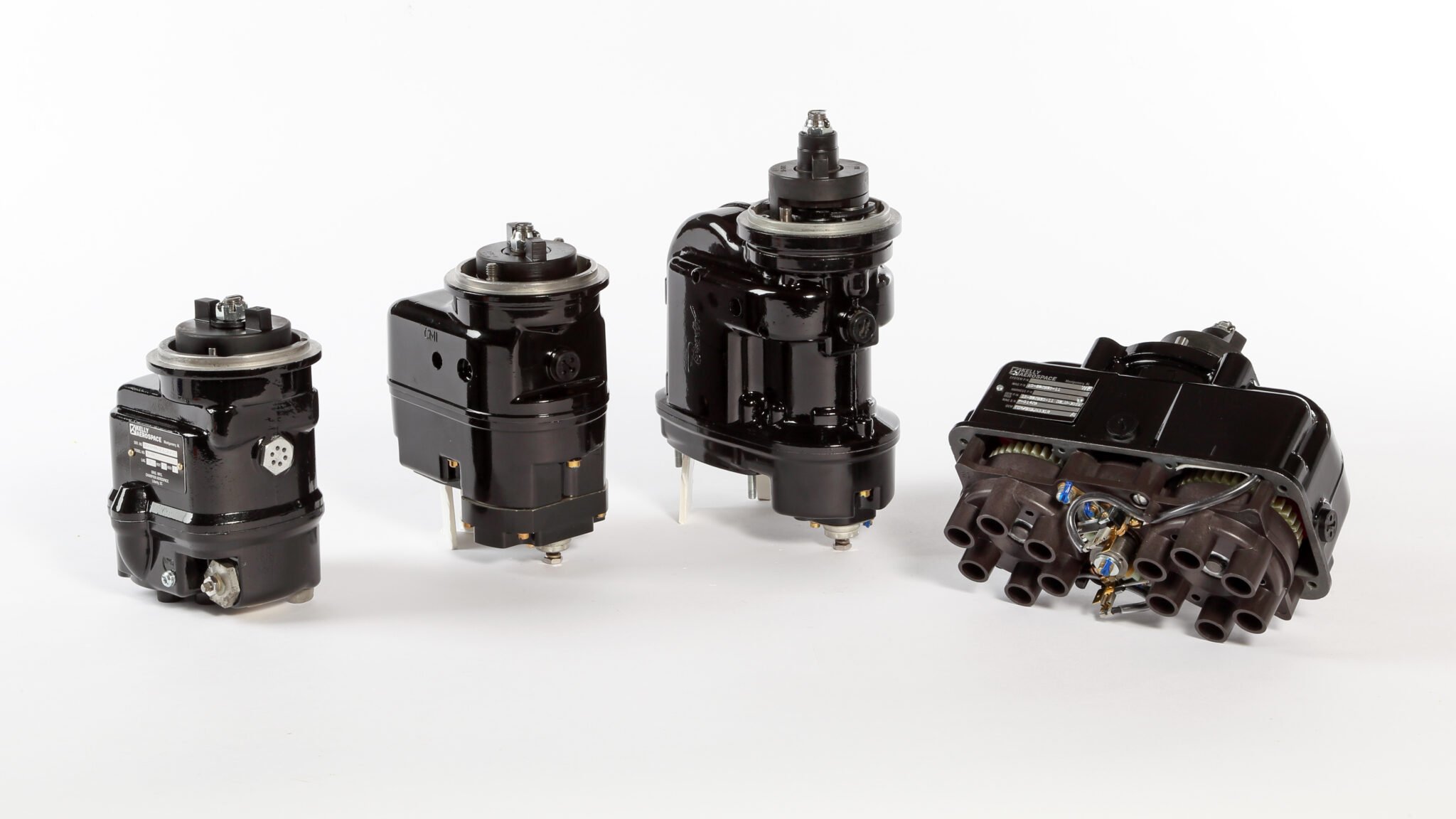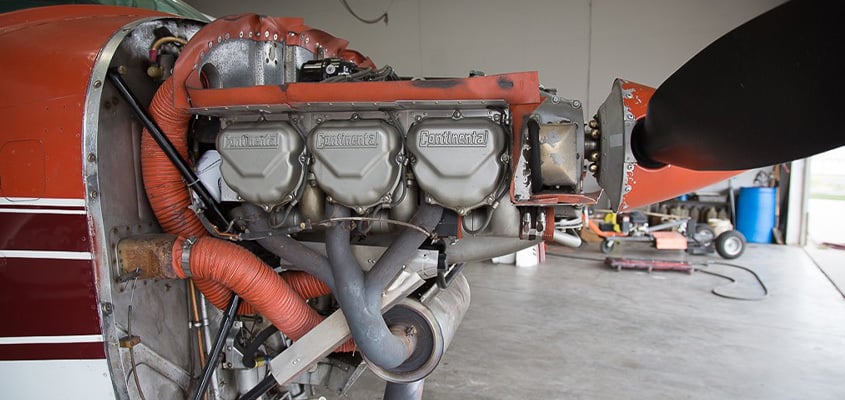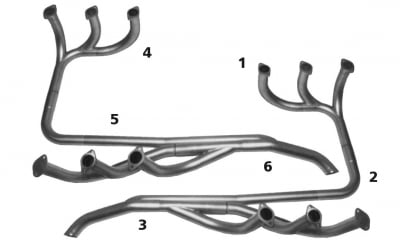Merlin’s Automated Flight Control System Takes to the Skies
In the ever-evolving landscape of aviation technology, a new player has emerged that promises to reshape the future of flight. Merlin, a pioneering aviation technology company, has taken a significant stride towards achieving fully autonomous flight with its successful demonstration of an automated flight control system in a Cessna Caravan flying cargo routes in the challenging terrain of Alaska. This breakthrough has far-reaching implications for aviation safety and efficiency, with potential benefits extending to California’s aviation sector.
Merlin Labs and the Path to Automation
Merlin, founded in 2018 and headquartered in Boston, is at the forefront of revolutionizing aviation with its innovative approach to automation technology. The company’s mission is to create a platform-agnostic advanced automation system that can seamlessly integrate into any aircraft, enhancing its capabilities and enabling autonomous flight. The foundation of Merlin’s technology lies in its proprietary Merlin AI, a configurable software solution that augments current flights. Merlin AI seamlessly integrates into the existing flight deck, enhancing pilot capabilities and, ultimately, facilitating autonomous flight. This system is designed to adapt to different types of aircraft, whether they have flown thousands of miles or are brand new. Importantly, this system works in harmony with national airspace systems and includes an onboard human safety pilot to ensure a layered approach to safety.
Alaskan Trials and Triumphs
Funded by a substantial $1 million contract from the Federal Aviation Administration (FAA), Merlin Labs embarked on a pioneering mission to showcase its cutting-edge, highly automated flight control system. The groundbreaking technology was put to the ultimate test in the challenging Alaskan wilderness, and on July 6th, the company announced the completion of 25 test flights using a crewed Cessna 208B Grand Caravan equipped with the Merlin Pilot system. These flights, carried out in partnership with the FAA-designated University of Alaska Fairbanks UAS Test Site and Everts Air Cargo, covered routes from Fairbanks to remote locations such as Fort Yukon, Galena, Huslia, Tanana, and Prudhoe Bay. Totaling over 60 hours of autonomous flight time, this achievement showcased Merlin’s prowess in navigating complex terrain and adverse weather conditions.
Advancements in Aviation Technology
Merlin’s accomplishment in Alaska is a testament to the recent advancements in aviation automation technology. From reducing the risk associated with human error to unlocking new possibilities for flight, automation is rapidly reshaping the aviation industry.
Recent Advancements in Aviation Automation
The integration of automation technology in aviation has led to several groundbreaking developments, including:
- Fly-By-Wire Systems: Traditional mechanical flight control systems have given way to sophisticated fly-by-wire systems, where electronic signals replace conventional manual controls. This technology has increased precision, reduced weight, and enhanced overall aircraft performance.
- Autonomous Systems: Companies like Merlin have demonstrated the viability of autonomous flight control systems, showcasing the potential for reducing human intervention in flight operations.
- Advanced Avionics: The introduction of advanced avionics systems, such as Head-Up Displays (HUDs) and Enhanced Vision Systems (EVS), has greatly improved situational awareness for pilots. These systems provide real-time data visualization, enabling pilots to make informed decisions even in challenging weather conditions.
- Predictive Maintenance: Automation technology has enabled the development of predictive maintenance systems, which use real-time data to monitor the health of aircraft systems. This proactive approach helps prevent unscheduled maintenance and reduces downtime, ultimately enhancing operational efficiency.
How Automation Impacts Aviation Safety and Operational Efficiency
The integration of automation technology into aviation operations has brought about a range of benefits that extend beyond individual flight experiences, such as:
Enhanced Safety
Automation technology has significantly improved aviation safety by minimizing the potential for human error. Automated systems can respond more quickly and accurately to changing conditions, reducing the risk of accidents caused by pilot errors. Moreover, the implementation of autonomous systems can potentially eliminate factors like pilot fatigue, which can contribute to accidents.
Reduced Workload
Automation technology has alleviated the workload on pilots, particularly during critical phases of flight. Automating routine tasks and providing real-time data allows pilots to concentrate on making higher-level decisions and effectively handle unexpected situations.
Operational Efficiency
Automation has streamlined various aspects of flight operations, from flight planning to air traffic management. Automated systems can optimize routes, manage fuel consumption, and reduce aircraft maintenance costs. This ultimately results in more efficient use of resources and reduced operational expenses for airlines.
Improved Accessibility
Automation technology has the potential to make aviation more accessible to a wider range of individuals. With the development of advanced autonomous systems, individuals with limited flying experience could potentially operate aircraft safely and efficiently, democratizing access to private aviation.
Elevating California’s Aviation Sector
Merlin’s success has implications that reach beyond the remote regions of Alaska and may also bring potential advantages to California’s aviation industry. Whether in the bustling skies of Los Angeles or the scenic routes along the coast, Merlin’s technology could redefine how aircraft navigate California’s airspace. As a hub of technological innovation, California stands to gain significantly from advancements in aviation automation. The integration of Merlin’s technology could lead to increased safety and operational efficiency for flights within the state’s large network of airports and commercial airlines.
Looking Ahead: Future Prospects and Challenges
The successful integration of Merlin’s automated flight control system is poised to change the way we perceive and engage with air travel. Imagine a world where pilot workload is reduced, safety is further elevated, and aviation becomes more accessible than ever before. While challenges persist, the trajectory is clear—automation is set to play a significant role in shaping the next generation of aviation.
Unleashing New Horizons
The growth trajectory of automated flight control systems holds immense promise, which is both exciting and transformative. As technology matures and gains regulatory approval, the adoption of automated flight control systems is expected to increase across various sectors of aviation. From commercial airliners to private jets, and cargo planes to unmanned aerial vehicles (UAVs), the reach of automation could extend to a diverse range of aircraft.
Challenges on the Horizon
Challenges remain, of course, ranging from regulatory approvals to addressing unforeseen scenarios in complex operational environments.
- Regulatory Hurdles: Achieving regulatory approval for the widespread implementation of automated systems is a critical obstacle. Aviation authorities need to establish comprehensive standards and regulations to ensure safety and interoperability.
- Human-Machine Interaction: It is crucial to find the perfect balance between human involvement and automation. The industry must address questions related to pilot training, skill retention, and the potential challenges of disengaging automated systems in critical situations.
- Cybersecurity: With increased automation comes a heightened need for robust cybersecurity measures. Ensuring the integrity of automated systems against potential cyber threats is imperative to maintain a secure aviation environment.
- Public Perception: Widespread adoption of automated flight control systems may raise concerns about job displacement for pilots and potential ethical dilemmas in cases of system failures. Navigating these perceptions and addressing public concerns will be vital steps to take.


